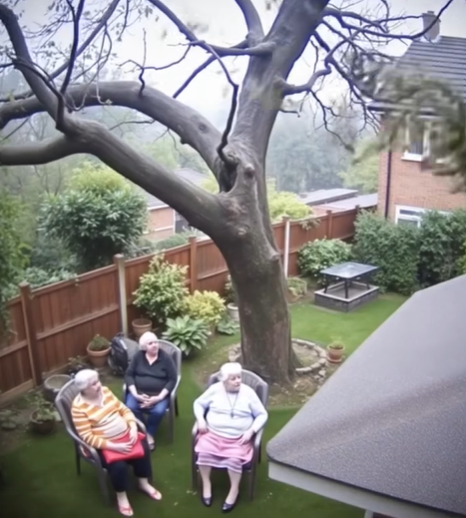Cutting down a tree may look simple, but in reality, it is one of the most challenging and hazardous outdoor tasks. Online clips of tree cutting mishaps—where trunks crash onto homes, fences, or power lines—show just how quickly things can go wrong. While these videos may draw attention, they also underline an important truth: safe tree removal requires training, equipment, and expertise.
When handled without proper knowledge, what should be a controlled process can become dangerous and costly. Understanding safety principles and respecting the forces at play is crucial.
Why Tree Removal Is Different from Other Yard Work
Unlike mowing a lawn or trimming hedges, removing a tree involves complex calculations and powerful tools. A large tree can weigh several tons, and once it starts to fall, its direction and momentum are almost impossible to change.
Some of the main risks include:
- Property Damage: Poorly planned cuts may cause a tree to fall onto homes, sheds, or vehicles.
- Personal Injury: Chainsaws, falling branches, and unpredictable tree movements pose serious hazards.
- Power Line Risks: Contact with electrical wires can cause outages or fire.
- Legal Liability: Accidental damage to neighboring property can lead to unexpected expenses.
Common DIY Mistakes
Many accidents happen because of repeated errors by inexperienced cutters:
- Incorrect Notching and Cutting – Poor technique causes trees to fall unpredictably.
- Ignoring Balance and Weight – Uneven growth or heavy branches change how a tree falls.
- Overlooking Wind Direction – Even light winds can shift a tree’s path.
- Using the Wrong Equipment – Consumer tools often lack the strength and safety features of professional gear.
- Working Alone – Without assistance, there’s no one to guide, spot, or provide backup.
Environmental and Safety Factors
Tree removal requires more than just cutting—it involves considering soil stability, tree health, nearby structures, and even wildlife habitats. Rotten or hollow trees, for example, may behave unpredictably when cut.
Why Professionals Are the Safer Choice
Certified arborists and trained crews bring knowledge, specialized tools, and safety procedures that significantly reduce risks. They also carry insurance, protecting homeowners from unexpected costs, and often follow sustainable practices for recycling wood.
Real-World Consequences
Emergency services respond every year to accidents involving unsafe tree cutting. Common outcomes include:
- Damage to homes or vehicles.
- Injuries from chainsaw mishandling.
- Electrical hazards from downed lines.
These examples highlight why professional help is the safer option.
Safer Alternatives for Homeowners
- Hire Licensed Arborists certified by professional organizations.
- Schedule Preventive Maintenance to reduce the need for removals.
- Consult Utility Providers for trees near power lines.
- Explore Landscaping Solutions such as pruning, bracing, or cabling instead of full removal.
Promoting Awareness and Education
Many accidents stem from underestimating the complexity of tree work. Community workshops, homeowner resources, and safety campaigns can help spread awareness and prevent accidents.
Final Takeaway
Tree removal is not a casual do-it-yourself project—it’s a specialized task requiring skill and caution. While DIY attempts may seem like a way to save money, they can lead to higher costs, property damage, or serious injuries. By choosing qualified professionals, homeowners can safeguard their property, finances, and well-being.
When it comes to large trees, the safest choice is clear: call a professional and ensure the job is done properly.



